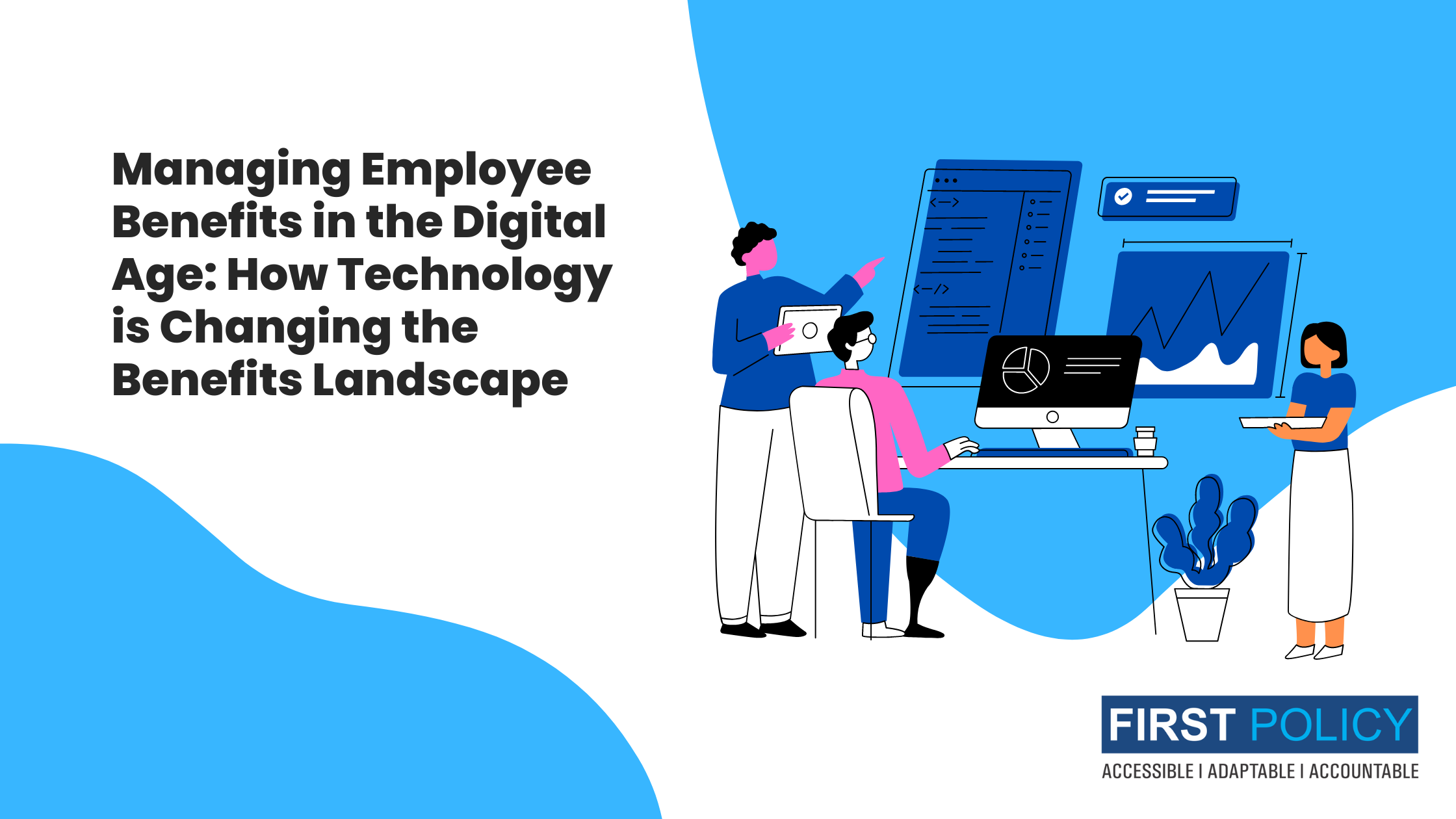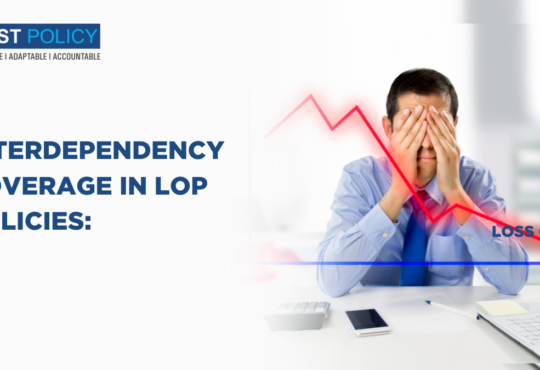
Managing Employee Benefits in the Digital Age
Managing Employee Benefits in the Digital Age: How Technology is Changing the Benefits Landscape
The world of employee benefits is changing rapidly. Technology is driving much of this change. Online benefits portals to digital enrollment tools and mobile apps, technology are transforming the way organizations manage and deliver the programs.
In this whitepaper, we will explore the benefits and challenges of managing employee benefits in the digital age. In short, providing insights and recommendations for HR professionals looking to optimize their benefits programs.
-
Benefits of Digital Benefits Management
Digital benefits management offers several advantages over traditional paper-based systems. For example:
- Increased Efficiency: Digital benefits management eliminates the need for manual data entry. Therefore, reducing the risk of errors and saving time. Enabling HR professionals to manage benefits programs more efficiently. Thus, freeing up time for other important tasks.
- Greater Flexibility: Digital benefits management allows employees to access their benefits information and make changes anytime, anywhere, using any device. This level of flexibility, as a result, helps improve employee engagement and satisfaction.
- Improved Communication: By using a range of communication channels. Digital benefits management enables HR professionals to communicate more effectively with employees about their benefits. Consequently, improving employee understanding and appreciation of their benefits programs.
- Data Analytics: Digital benefits management provides HR professionals with valuable data and insights into employee usage, preferences, trends. As a result, helping you inform benefits strategy, improve ROI, and optimize program to better meet the needs of employees.
-
Challenges
While digital benefits management offers many benefits, there are also some challenges that organizations need to be aware of, such as:
- Data Security: Digital employee benefits management involves the storage and transmission of sensitive data. Organizations need to ensure that they have robust data security protocols in place to protect against data breaches and cyberattacks.
- Integration Challenges: Digital employee benefits management systems need to integrate with other HR systems, to ensure accurate and consistent data. However, this can be a complex and time-consuming process, and may require additional investment.
- Employee Adoption: Digital benefits management systems are only effective if employees use them. Therefore, organizations need to invest in employee training and communication to ensure that employees are comfortable using the system and understand the benefits of doing so.
To make the most of digital benefits management, organizations should follow these best practices:
- Choose the Right Technology: Organizations should carefully evaluate different digital benefits management systems to find the one that best meets their needs. Factors to consider include cost, ease of use, security, and integration capabilities.
- Invest in Employee Training and Communication: To encourage employee adoption, organizations should invest in training and communication to ensure that employees are comfortable using the system and understand the benefits of doing so.
- Focus on Data Analytics: Organizations should leverage the data provided by digital benefits management systems to gain insights into employee benefits usage, preferences, and trends. Consequently, this data can inform benefits strategy and help to optimize benefits programs to better meet the needs of employees.
- Prioritize Data Security: Organizations should prioritize data security and ensure that they have robust security protocols in place to protect against data breaches and cyberattacks.
-
Conclusion
Digital benefits management offers many benefits, including increased efficiency, greater flexibility, improved communication, and valuable data insights.
However, organizations need to be aware of the challenges involved. By following best practices, organizations can successfully manage employee benefits in the digital age, and maximize ROI.
What First Policy can help you achieve?
At First Policy, we specialize in insurance. We help our customers build a bridge to Assured Employee Health Benefits.
Contact us to achieve a Unified Platform for holistic care of employees and an affordable group insurance plan with Information at your fingertips for your company.





